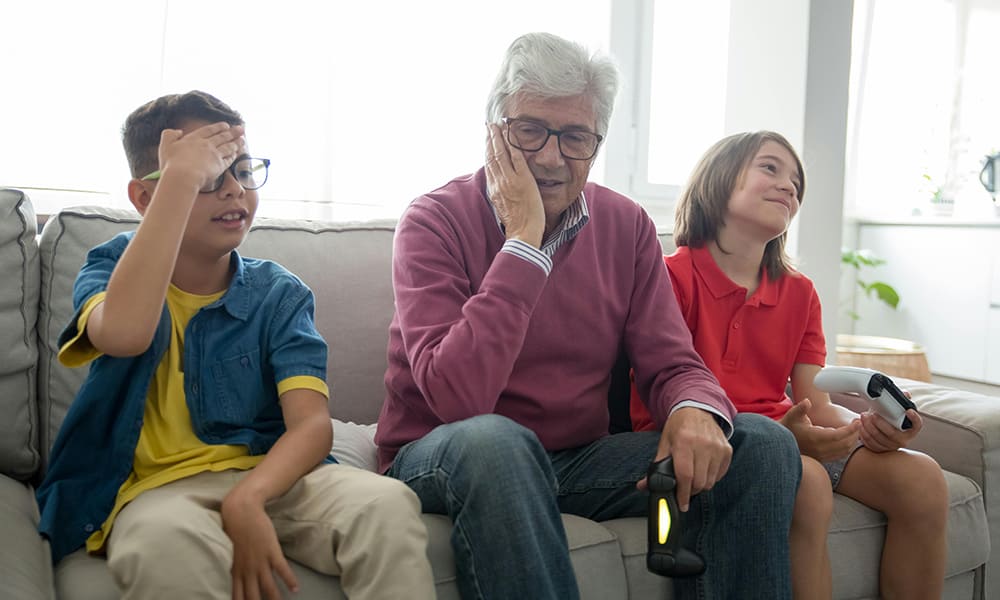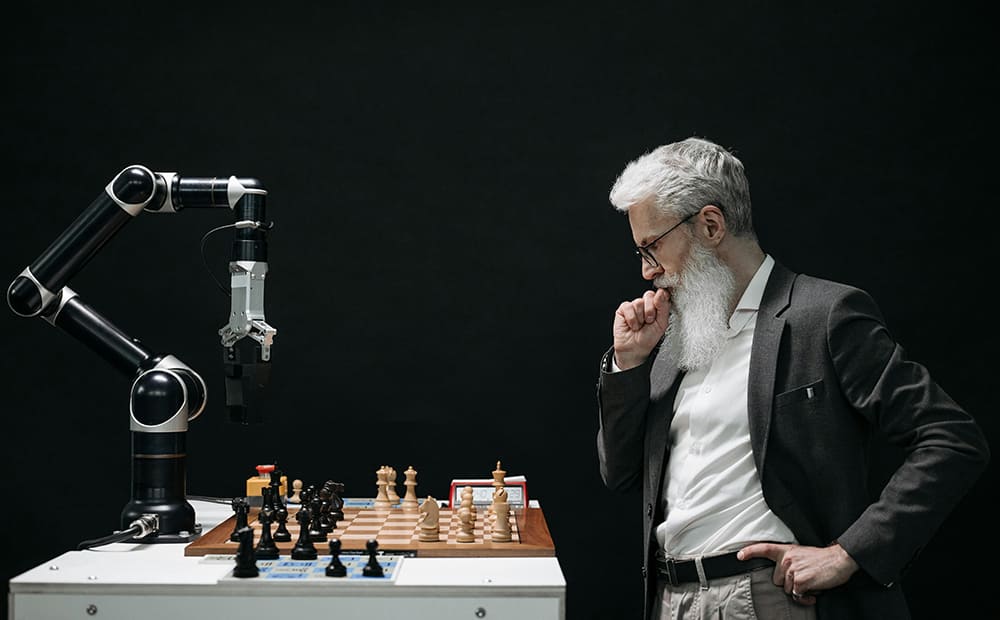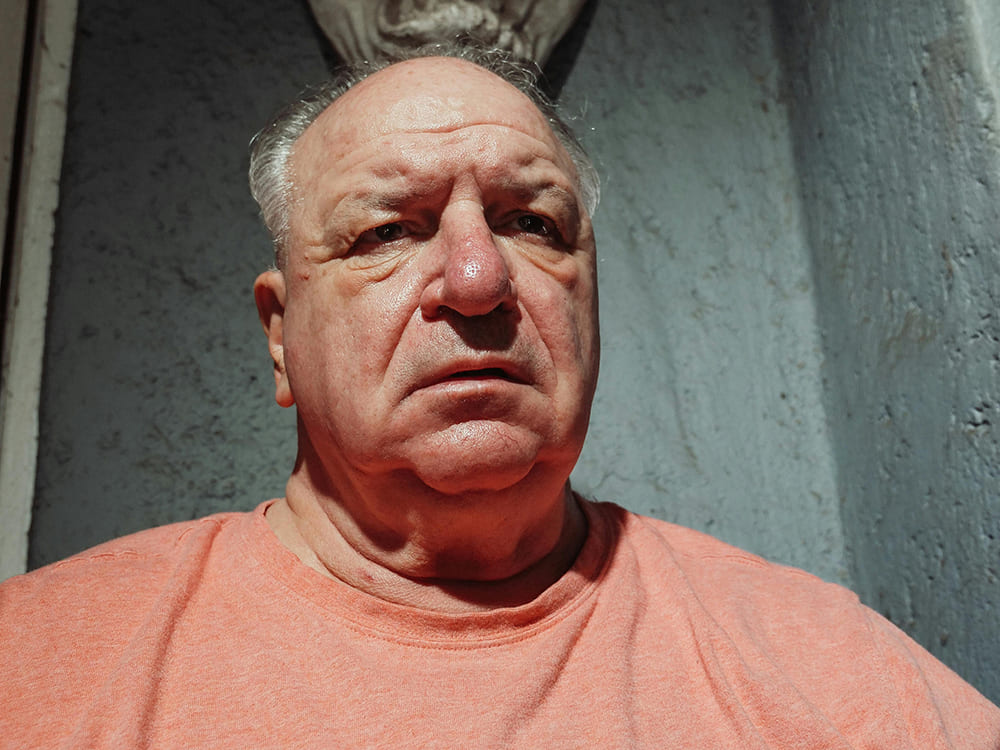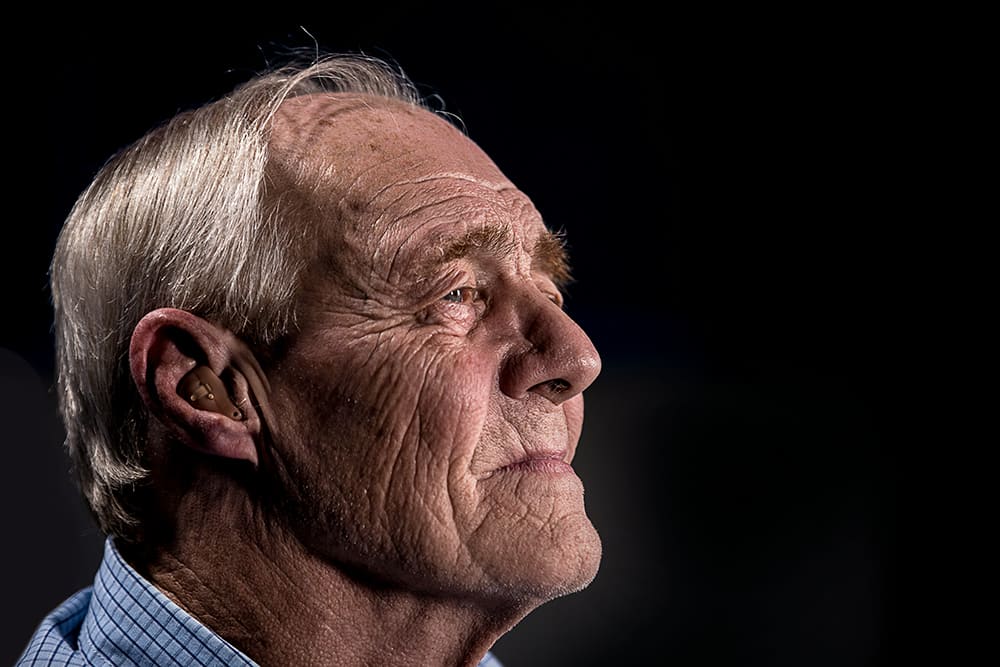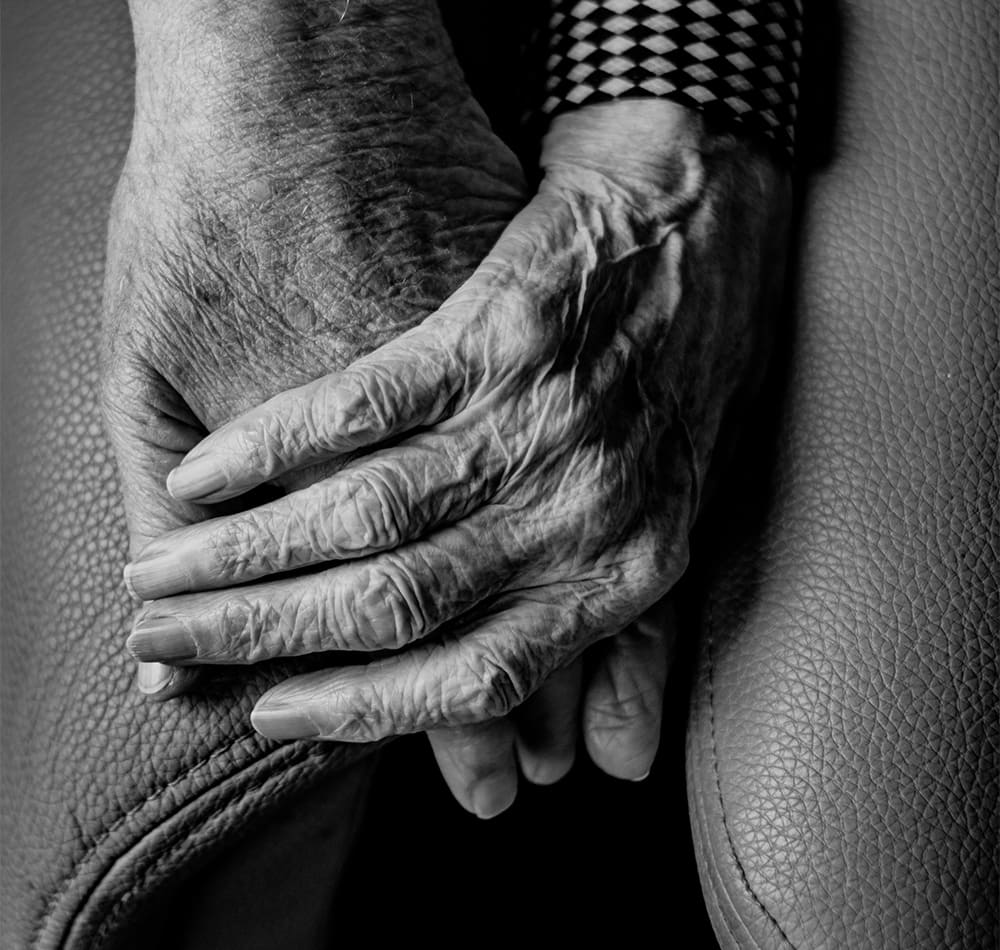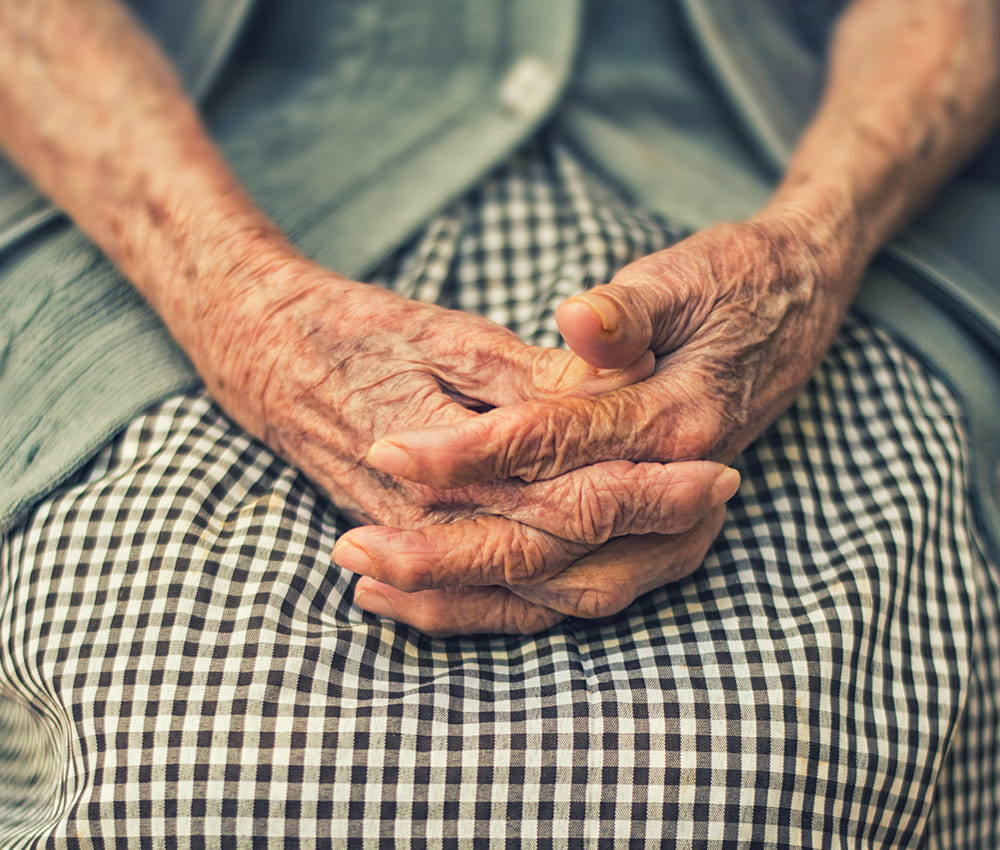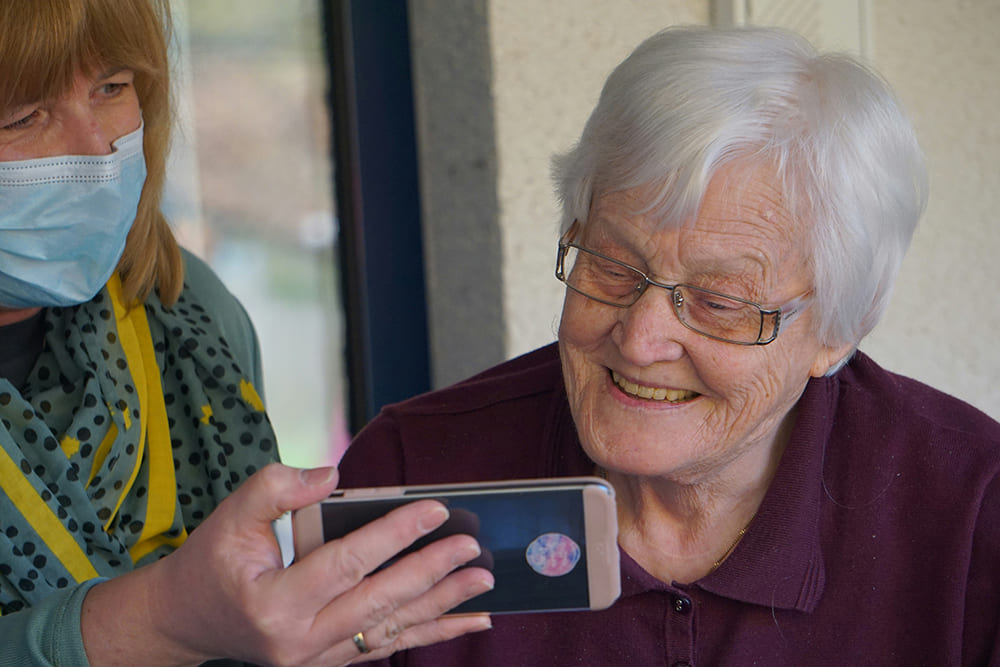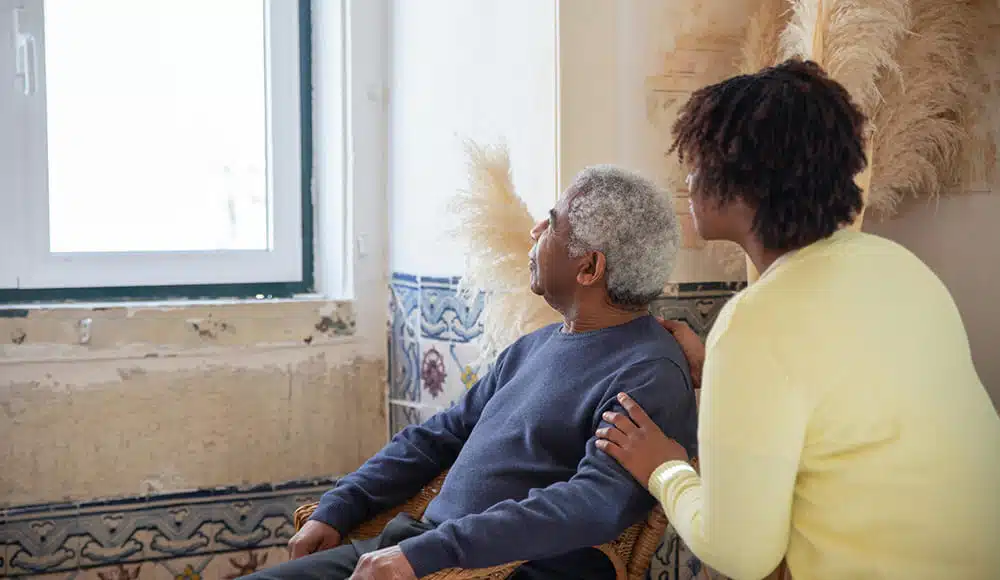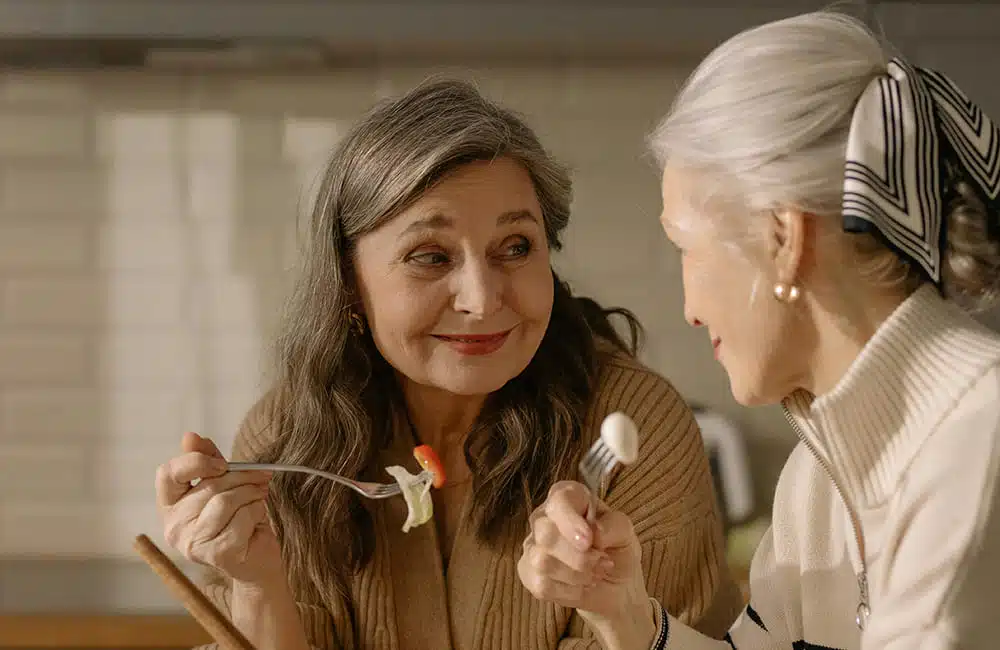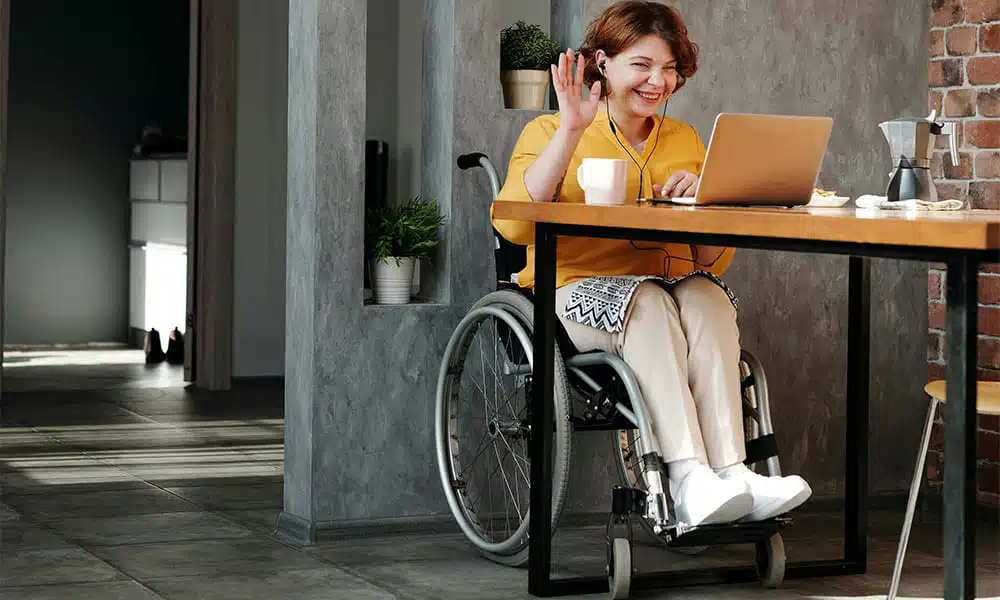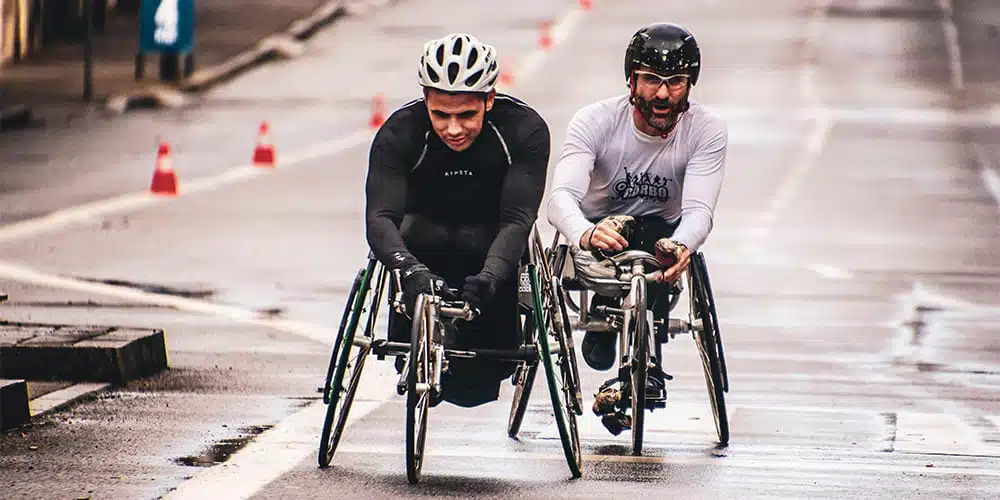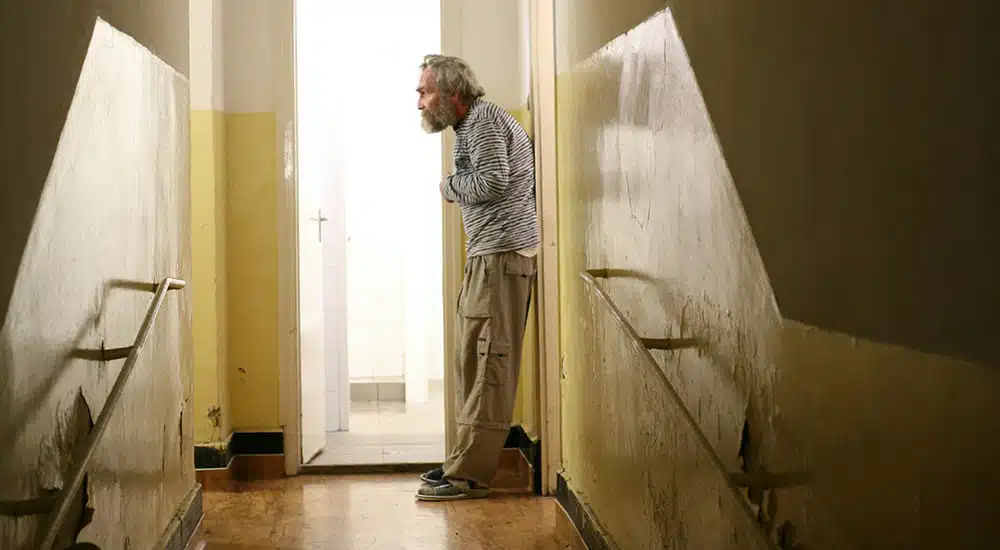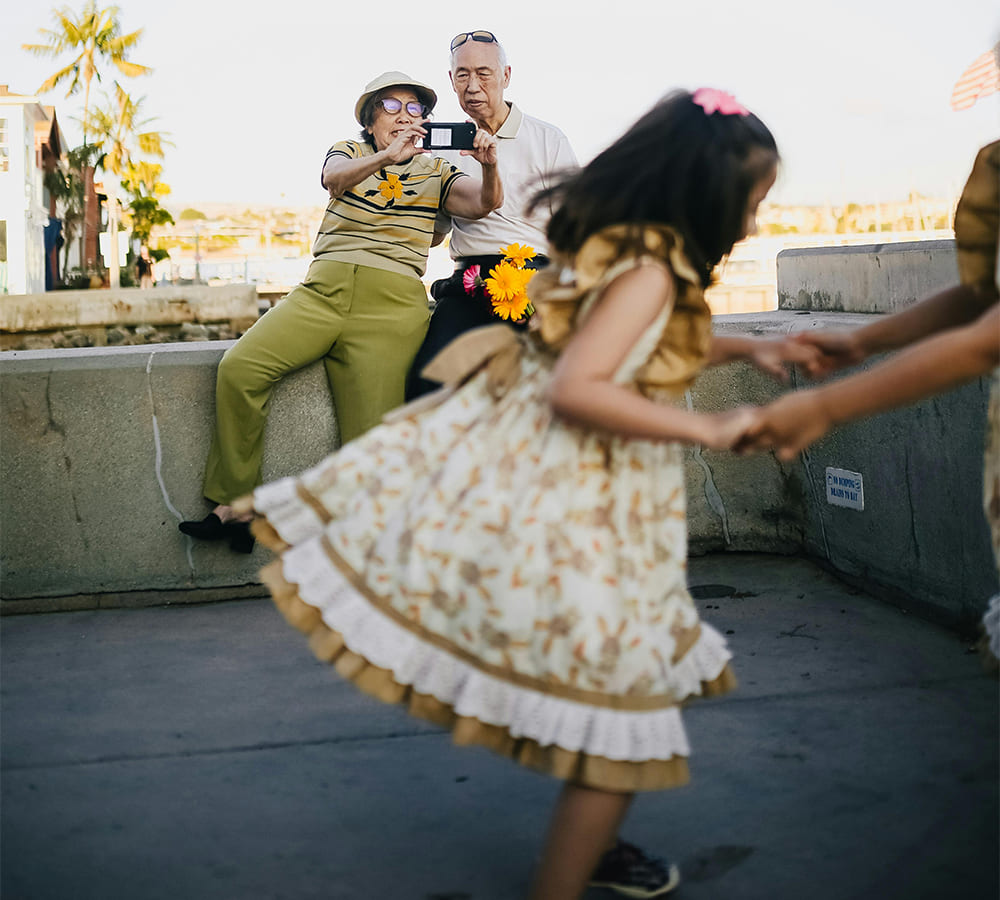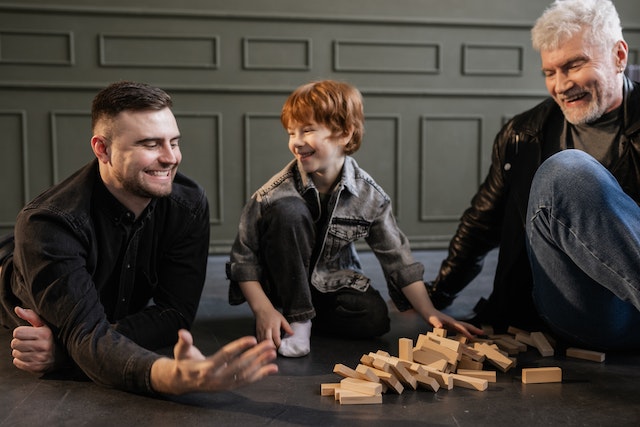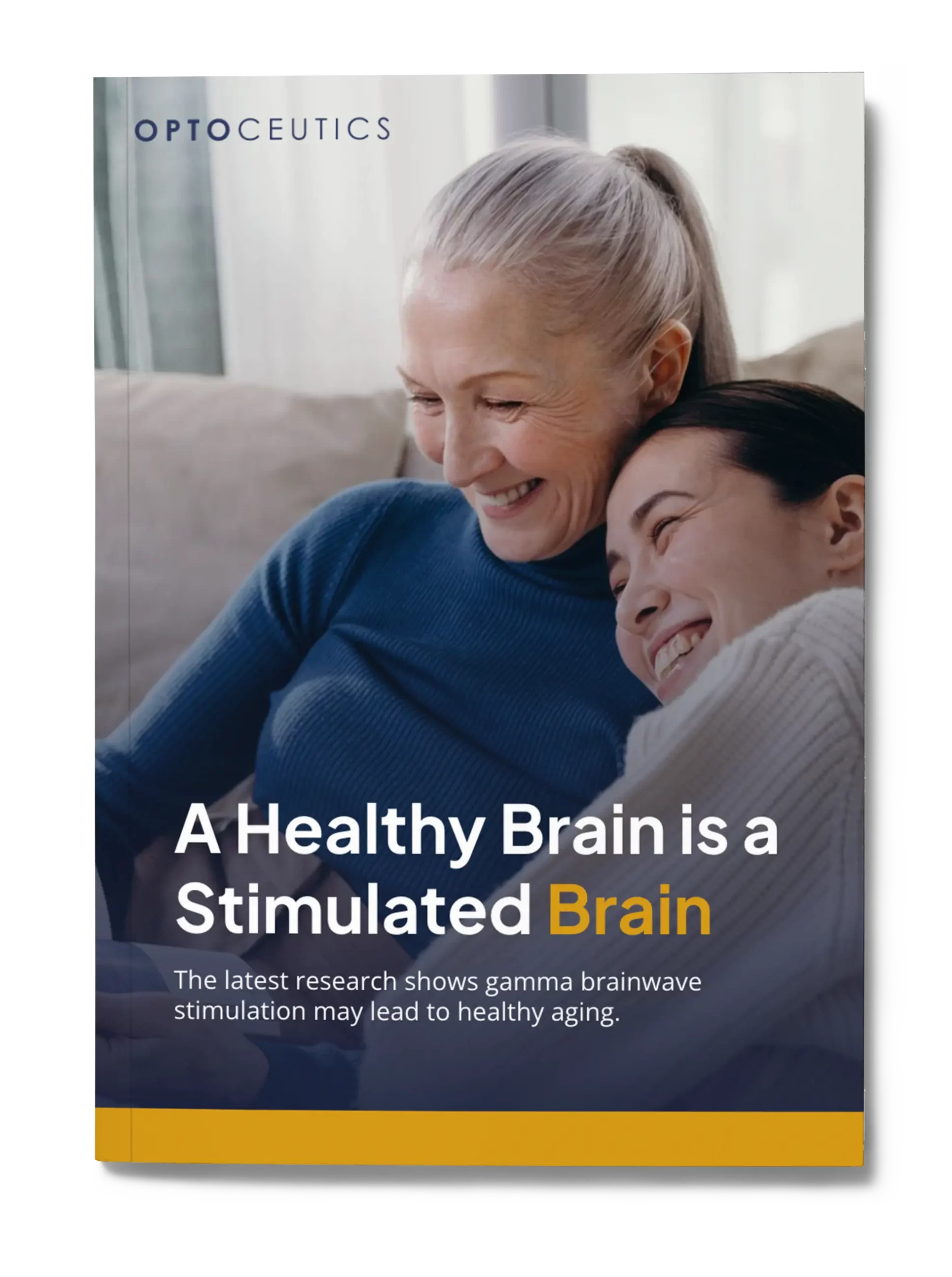Childhood dementia is a rare condition that can significantly impact a child’s development and quality of life. Understanding the causes, symptoms, and diagnosis of childhood dementia is crucial for providing appropriate care and support. This article explores the various factors that can contribute to this condition, along with effective treatment strategies and resources for families affected by childhood dementia.

Christopher Ravn
Key Takeaways
1. Childhood dementia is a rare and progressive condition affecting children and young adults.
2. It can be caused by genetic factors or environmental influences, leading to cognitive decline, behavioral changes, and physical challenges.
3. Early diagnosis and appropriate care are crucial for managing symptoms and improving quality of life.
Table of Contents
1. What Is Childhood Dementia?
2. What Causes Childhood Dementia?
3. What Age Does Juvenile Dementia Start?
4. What Happens In Childhood Dementia?
5. What Is The Life Expectancy Of A Child With Childhood Dementia?
6. Can Childhood Dementia Be Cured?
7. What Are The Symptoms Of Childhood Dementia?
8. How Is Childhood Dementia Diagnosed?
9. Is Juvenile Dementia Genetic?
10. Frequently Asked Questions About Childhood Dementia
What Is Childhood Dementia?
- Diagnosed in early childhood or during birth.
- A rare genetic disorder is neuronal ceroid lipofuscinoses (NCL), which is an autosomal recessive condition.
- Symptoms may vary either due to seizures, loss of vision, issues with development, or a decline in cognition and motor skills.
- Often fatal and most times the child will need supervision and care.
- Adult dementia takes place in older adults. Childhood dementia affects adolescents and children.
- Children’s dementia is rapid and impacts physical health within a few years. Adult dementia takes place slowly, from a few years to around a decade.
What Causes Childhood Dementia?
Childhood dementia, also known as pediatric dementia, is a rare and devastating condition characterized by cognitive decline and memory loss in children and young adults. While the exact causes are complex and multifaceted, research has identified several genetic and environmental factors contributing to its development. (Djafar et al., 2023)
- Neuronal ceroid lipofuscinoses (NCL) are caused by 14 different gene mutations that lead to accumulation in the neurons or other cell types. This causes deterioration in vision, epilepsy, and motor decline.
- Lysosomal storage disorders such as Fabry disease and Gaucher disease may also cause childhood dementia.
- Peroxisomal disorders, including Zellweger syndrome and neonatal adrenoleukodystrophy, can lead to childhood dementia due to impaired peroxisomal function and the storage of toxic compounds.
As for environmental factors, it may be due to repeated or severe head trauma, family history with autosomal dominant forms, and infections such as meningitis or encephalitis that may cause long-term impairment.
As for mutation and hereditary factors, it may be due to gene inheritance from their parents, genetic makeup, and certain disorders such as Huntington’s disease. To date, there is no cure for the disease.
What Age Does Juvenile Dementia Start?
- Familial Alzheimer’s disease: symptoms often start in the 30s, 40s, or 50s.
- Vascular dementia: symptoms may begin in the 40s or 50s
- Frontotemporal dementia (FTD): symptoms can start in the 30s, 40s, or 50s
We Believe Prioritizing Brain Health Enhances Your Quality Of Life
Get to know our team, our mission and how our EVY LIGHT® can provide you and your loved ones with a fuller life, letting you breathe a little easier.
What Happens In Childhood Dementia?
- In the early stages. Children may show changes in behavior, mood, or condition, which are seen via language and communication issues, memory issues, issues with regulating their emotions, and deficiencies in processing speed. At times, this may be seen as late development and learning issues.
- Middes stages: In this stage, the child may have issues with daily tasks, making decisions, being unable to understand instructions, pulling away from social activities, and mood swings. They may also face learning difficulties, completing their assignments, or even understanding them, and face issues dealing with their peers or teachers.
- Advanced stages: At this stage, the child may have severe memory loss, and be unable to communicate or even reason. This increases dependence on their caregivers, causes them to pull away from activities, have terrible mood swings and have issues maintaining relationships with family and friends.
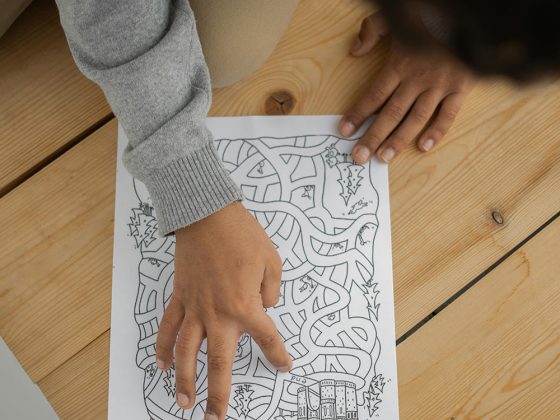
What Happens To Children With Juvenile Dementia?
- Specialists such as psychiatrists and neurologists
- Palliative care to manage seizures, pain, and behavioral issues.
- Physical therapy helps with motor skills and mobility.
- Occupational therapy assists with activities such as feeding, dressing, and grooming. There are certain activities for dementia patients that you may want to look into.
- Speech therapy helps with language and communication.
- Psychological support for children and families
- Prescribed medication to manage anxiety, depression, and seizures.
What Is The Life Expectancy Of A Child With Childhood Dementia?
There is no straightforward answer to a child’s life expectancy when it comes to childhood dementia. However, let us look at some findings:
According to certain studies, the mean life expectancy for children with childhood dementia is estimated to be 16.3 years, with a range from 1 to 52.4 years. The prevalence of childhood dementia is estimated to be 5.3 per 100,000 persons, with around two-thirds of cases affecting children under the age of 18.
However, for those who have untreatable childhood dementia, the life expectancy is around 16.3 years. It is important to note that this research is limited and may not reflect the actual life expectancy. This is because the disease is so rare that there are not many studies. (Djafar et al., 2023)
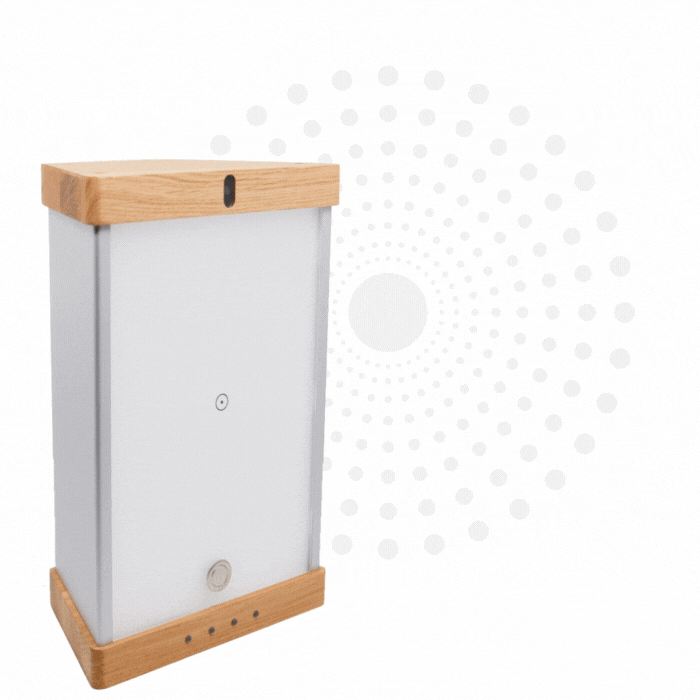
Enhance your brain performance through the power of light.
Comfortable and easy to use 40Hz light therapy to support and improve your brain function.
View Our LightCan Childhood Dementia Be Cured?
- Medication to alleviate agitation, aggression, and sleep issues.
- Positive behavioral support and behavioral modification and sensory integration therapy may help to reduce behavioral challenges and improve communication.
- Occupational therapy and mental exercises for mild cognitive impairment may promote daily function, independence, and overall well-being.
- Language and speech therapy interventions may improve communication and delay language disorders.
- Autoimmune-mediated dementia is rare and may be due to rogue antibodies that attack the brain. Research is still ongoing on how to target these antibodies and eventually figure out a way to cure them.
- In some cases, the use of stem cells is said to potentially repair or replace damaged brain cells. As it is still in the preliminary stages, it is still too early to confirm the results, though there are promising signs.
- Current research indicates that gene therapies are being worked on to target genetic mutations. These mutations are believed to cause childhood dementia and the aim is to correct the faulty gene and hopefully be able to reverse the progression.
- Immunotherapies such as monoclonal antibodies are being used to target certain proteins that cause childhood dementia. It may potentially slow down or stop the progression of the disease. (Flanagan et al., 2010)
What Are The Symptoms Of Childhood Dementia?
- Some childhood dementia cases show signs of memory loss and are unable to learn new things. Another is that frontotemporal dementia (FTD) may also manifest in some cases, causing issues with memory and remembering recent events or new information.
- Communication issues may also be seen where the child struggles with both verbal and non-verbal communication. This may range from language issues to apraxia, where they have issues coordinating mouth and tongue when speaking. As for Lewy body dementia, the child may have trouble finding the right words or understanding complex phrases.
- A decline in motor skills is also seen where the child may experience issues with balance, coordination, and walking; motor issues; and vascular dementia, where the child may have paralysis or stroke-like moments.
- Early stage: A child starts being confused and has issues with language and memory. They might even struggle with simple tasks such as wearing their clothes or feeding themselves.
- Middle stage: Symptoms are much more prevalent, and a child may show a decline in language skills, inability to move and coordinate, memory, and emotional and behavioral issues.
- Late stage: This is the most advanced stage where the child has severe cognition, motor, and coordination issues, an inability to communicate, and is fully dependent on their caregivers.
What Does Juvenile Dementia Look Like?
- Neutral or flattened facial expression.
- Emotional range or facial movements are significantly reduced.
- Movement is slow or stiff and tremors can be seen. Sometimes a person may show signs of unsteady gait.
- Has issues with memory, planning, judgement, and problem-solving.
- Unable to find the right words, understand, or even speak.
- Personality changes in behavior and mood.
- Sleeping a lot during the day or unable to sleep at night.
- Autism Spectrum Disorder (ASD), where patients have issues with communication, social interaction, and repetitive behaviors.
- Frontotemporal dementia (FTD), where changes are seen in personality, language, and social behaviors.
- Traumatic brain injury (TBI), where an individual experiences mood swings, memory loss, or language issues.
- Neurodevelopmental disorders (NDDs) such as ADHD or obsessive-compulsive disorder (OCD) may come across as juvenile dementia as the individual displays motor tics or repetitive behaviors.
How Is Childhood Dementia Diagnosed?
- Trisomy 21 (Down syndrome)
- Fragile X syndrome
- Rett syndrome
It is important to seek an early diagnosis of childhood dementia because it may provide a better diagnosis and more accurate prognosis, focus on targeted interventions such as speech, language, occupational, and behavioral therapy, and help to understand misconceptions.
Should there be any challenges and delays in diagnosing childhood dementia, it may cause misdiagnosis and may be seen as other types of symptoms. Moreover, these symptoms overlap and may be diagnosed as autism, epilepsy, ADHD, or developmental delays. As the disease is rare, research and funding have been lacking.
How To Test For Childhood Dementia?
- Run a series of tests to determine levels of cognitive impairment and neuropsychological to determine the child’s memory, attention, language, and problem-solving skills.
- Magnetic Resonance Imaging (MRI)
- Computed Tomography (CT) scans
- Single Photon Emission Computed Tomography (SPECT) scans
- Positron Emission Tomography (PET) scans may be used to identify potential brain abnormalities or changes in brain function.
- Genetic testing may be conducted to identify underlying genetic mutations or chromosomal abnormalities.
Is Juvenile Dementia Genetic?
A combination of genetic and environmental factors may cause childhood dementia. Though the dementia cases take place in individuals over 65, childhood dementia is believed to affect 1 in 100,000 children around the globe.
Some cases have stated that 1 in 100 cases could be due to inherited faulty genes. Though certain genes have been inherited, there are cases linked to genetic variants that increase or decrease the risk of developing the disease. This could be due to genetic predisposition to environmental factors and changes in gene expression.
Thus, it is important to seek genetic counseling to gather support for families and individuals affected by juvenile dementia. This can be done by looking at the family’s medical history, talking about current genetic testing that causes mutations and its implication, educating on genetic inheritance, and offering counseling and emotional support.
Learn What Others Have Experienced with EVY Light
See how others have achieved a sharper mind by activating their gamma brainwaves in combination with maintaining a healthy lifestyle.
Frequently Asked Questions About Childhood Dementia
What Is Childhood Dementia?
- Diagnosed in early childhood or during birth.
- A rare genetic disorder is neuronal ceroid lipofuscinoses (NCL), which is an autosomal recessive condition.
- Symptoms may vary either due to seizures, loss of vision, issues with development, or a decline in cognition and motor skills.
- Often fatal and most times the child will need supervision and care.
Is There Any Cure For Childhood Dementia?
Due to the rarity of the disease, there is not much research and funding available. Thus, there are currently no treatments that may cure or even reverse the cause of dementia. There may be ways to manage the symptoms and improve life.






